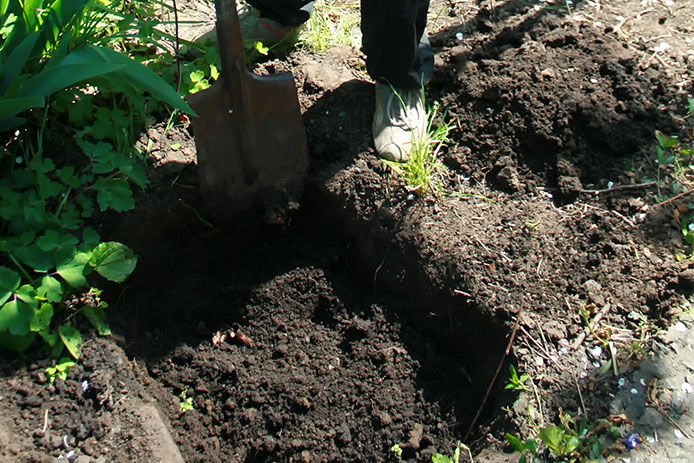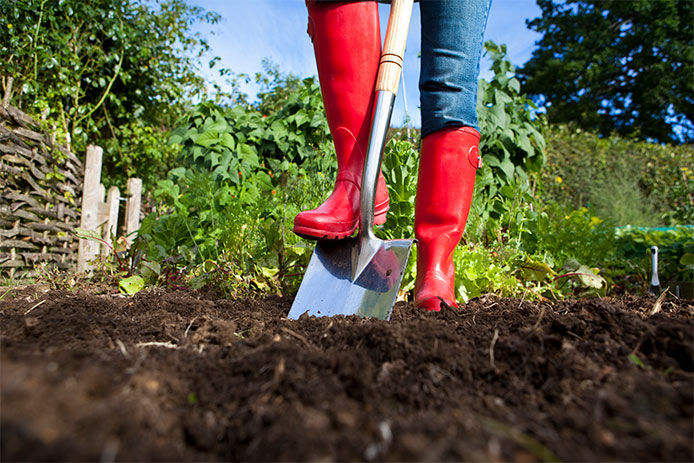Trench Rotation
Trench rotation incorporates organic matter into a garden a little bit at a time. Split your garden into different areas, a composting zone, a walkway, and a growing area. Shift these areas each year, for even composting.
Trenching Between Rows
Trenching between rows, works best in gardens with evenly spaced rows, and like the name, dig trenches between your rows of vegetables. Your plants will gain beneficial nutrients as decomposition happens.
Dig and Drop
If you want to compost and just be done with it, then dig and drop is the way to go. Simply dig a 12 inch hole and drop your kitchen scraps into the hole then cover it. It’s simple, easy, and fast.
Whether you want to help your garden thrive or reduce your carbon footprint, trench composting is simple, easy, and fast. You don't have to be an expert gardener to start a trench compost, you just need a little time and a shovel. Start planning out your next trench with tools from your local Do it Best store or shop online at doitbest.com.



